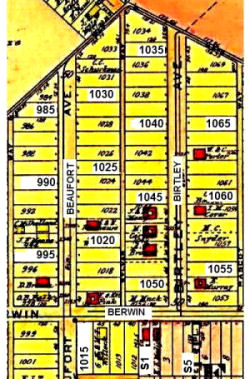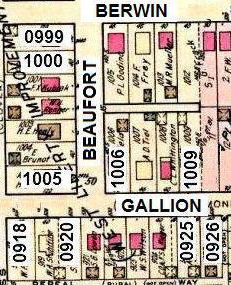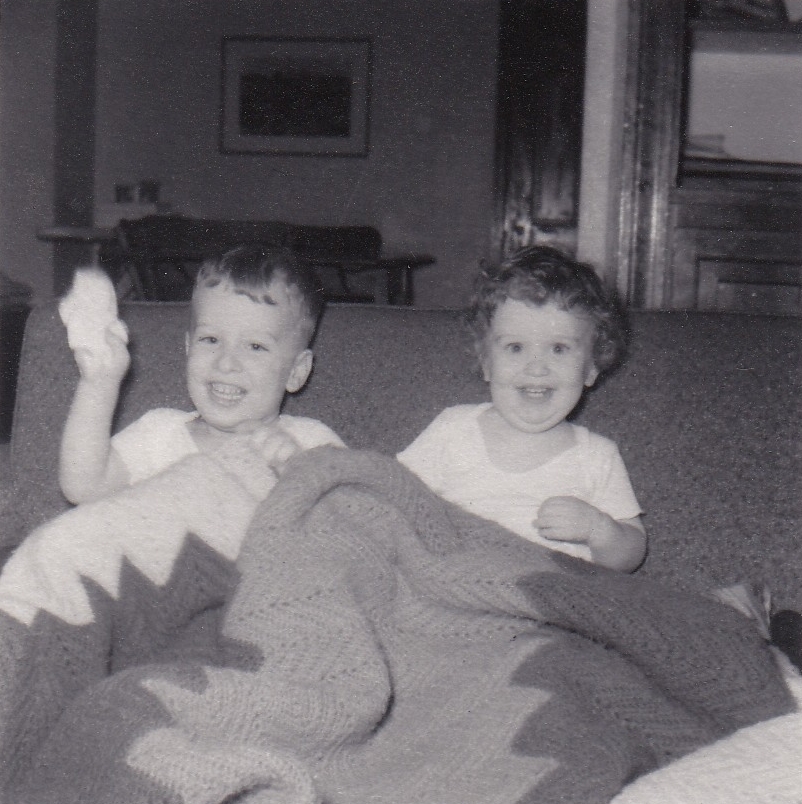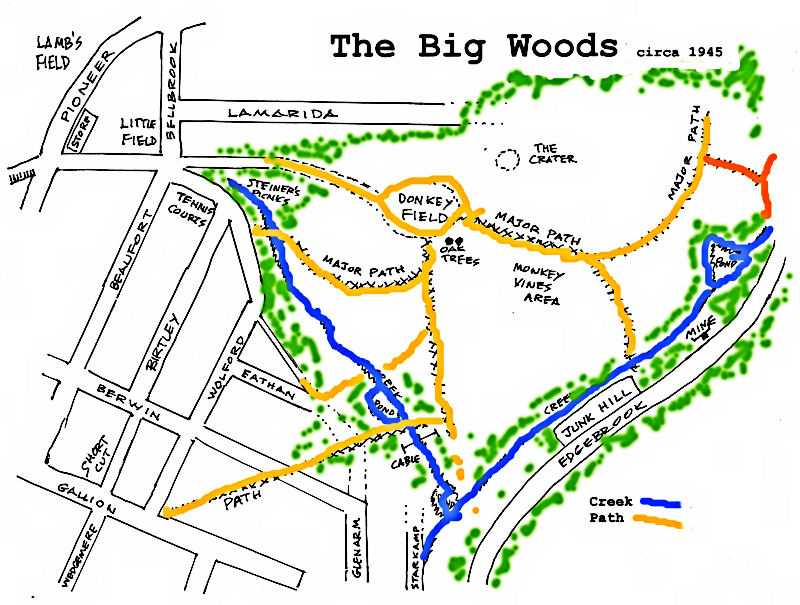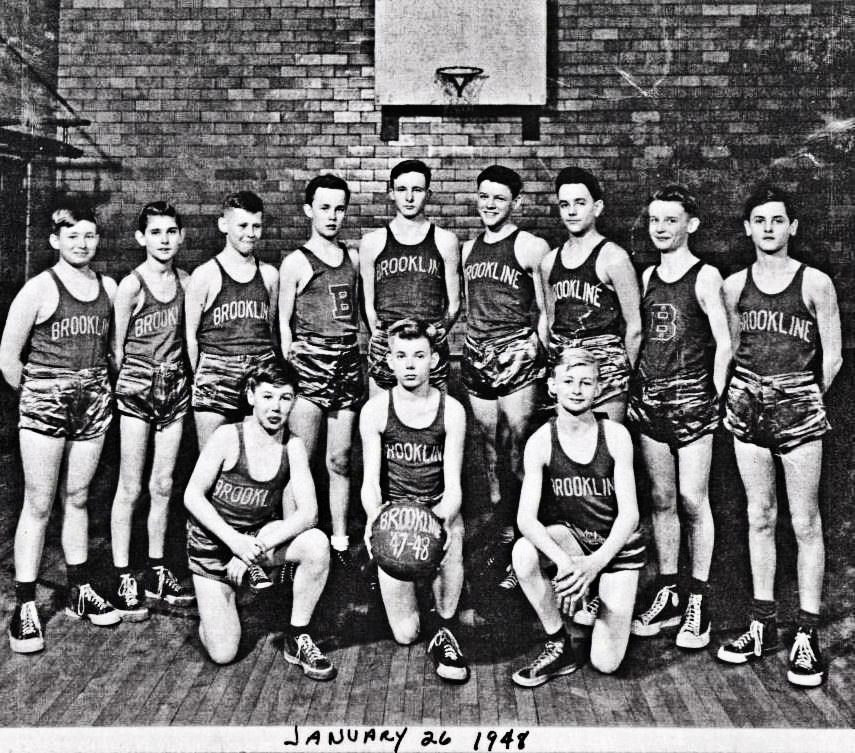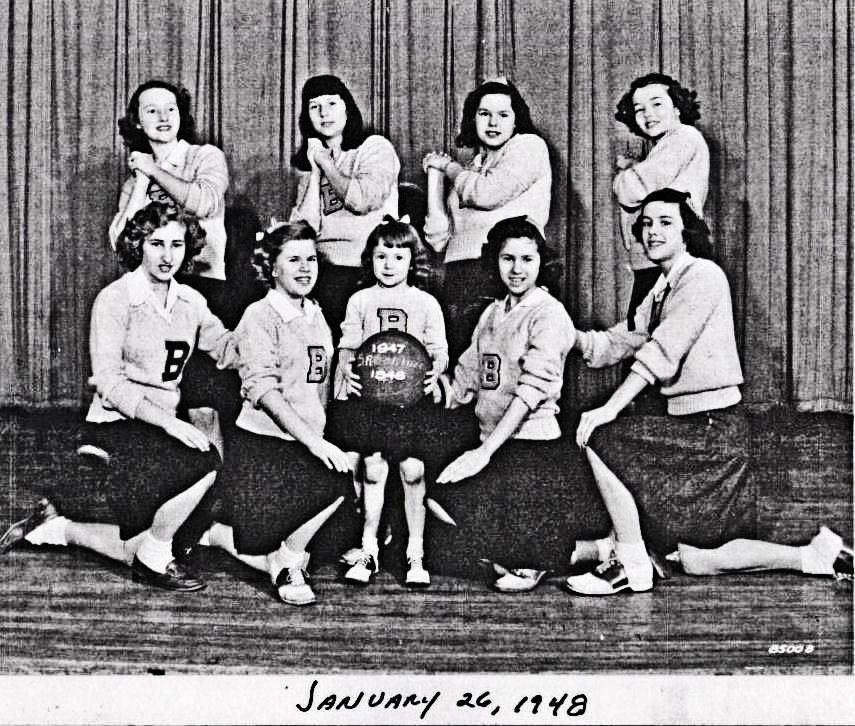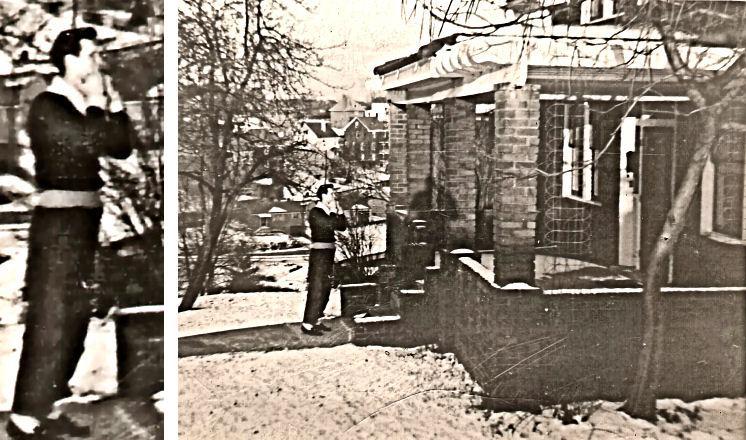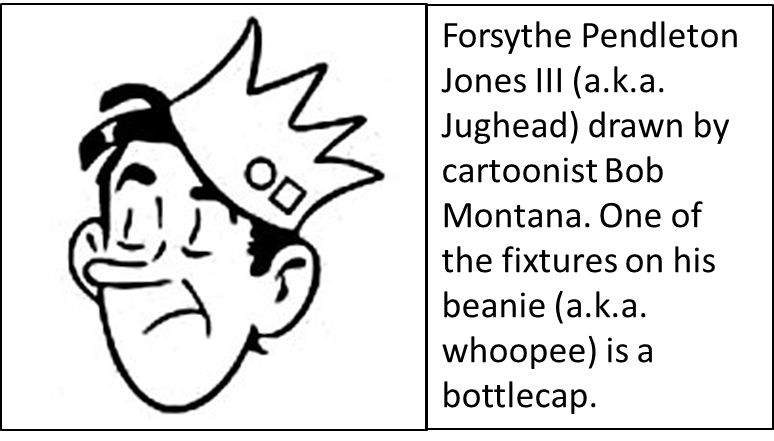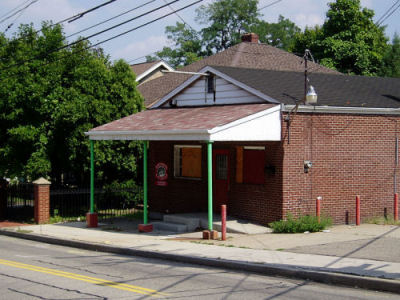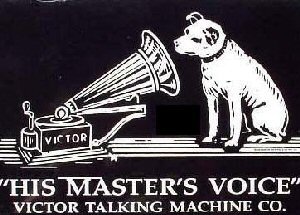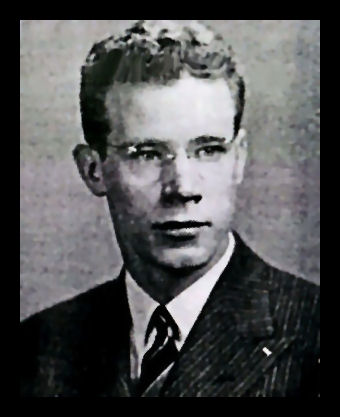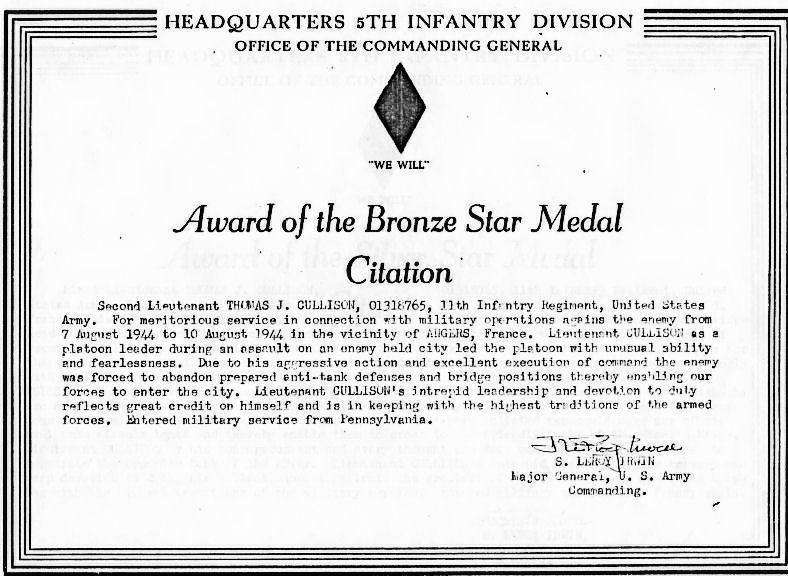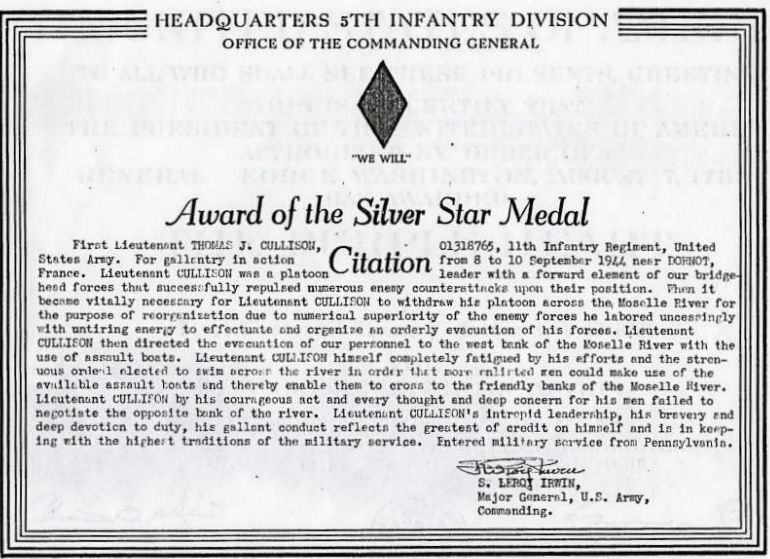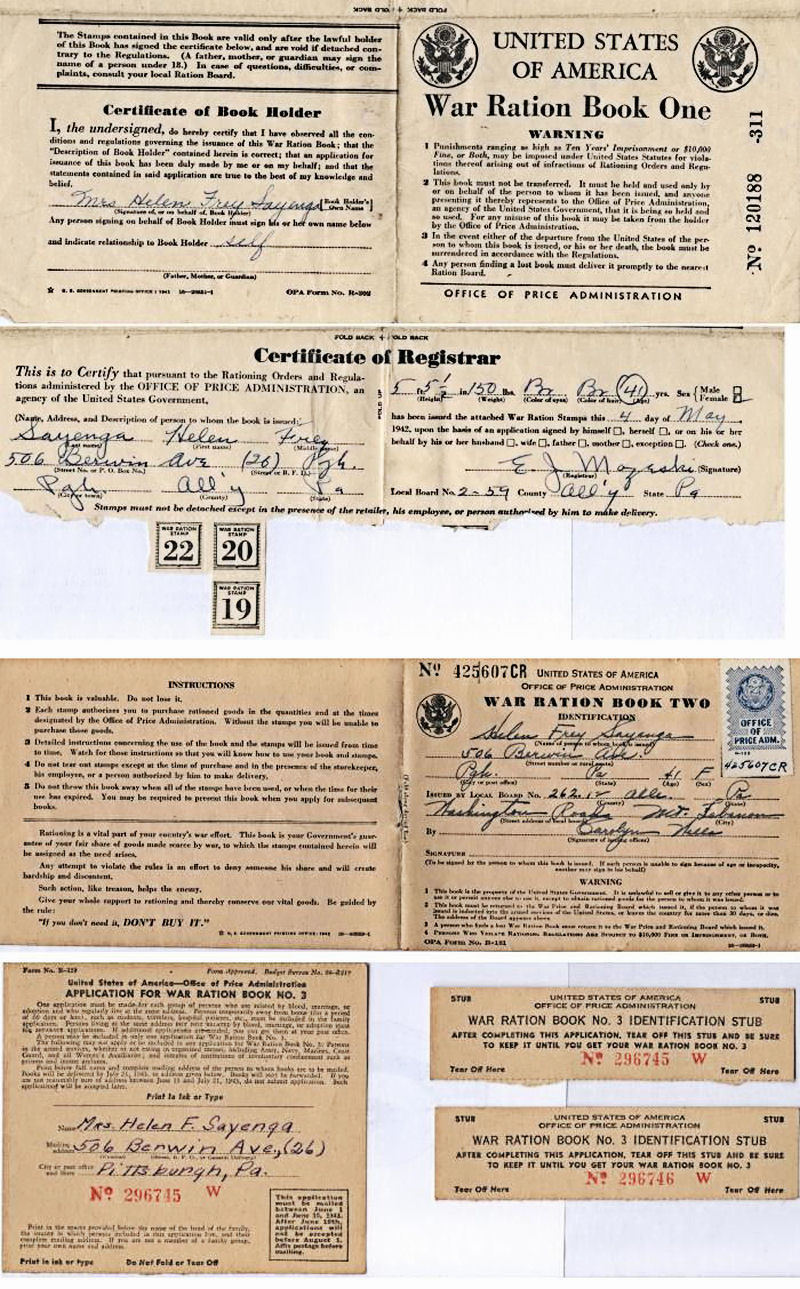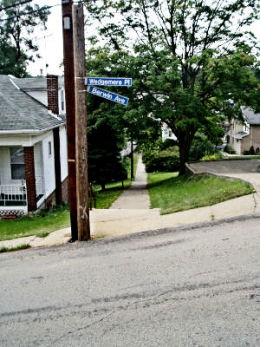
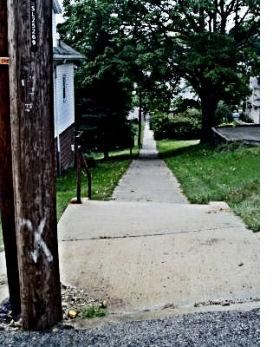
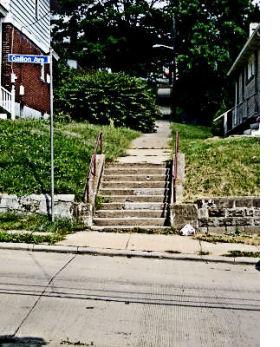


In April 2004 an unplanned frenzy of geriatric nostalgia erupted spontaneously in the form of an email eReunion by people who were born and raised in the late 1920s and 30s in Brookline (a section of Pittsburgh Pennsylvania). Most of us lived in a house on Birtley Avenue, Berwin Avenue or Beaufort Avenue, meaning our primary concern about what was happening was centered in the area that encompassed those three streets, the major attraction of which was The Big Woods.
________________________________________
They say that just before you go senile, you begin to remember all kinds of minor details from your childhood. Usually, these episodes aren't connected in chronological order, but instead they exist as isolated memories, inside a kind of mental frame with blurred edges, like the photographic print called a vignette where the background fades into blankness. People who recall them usually begin their recitation by saying "I'll never forget the time when….".
My grandparents, Charles and Fannie Frey, bought a house at 506 Berwin Avenue, in June 1919, almost 15 years to the day before my mother Helen Fannie Sayenga gave birth to me inside that same house. Genealogically, this has caused my childhood to be deeply rooted in a rectangle of Pittsburgh geography bounded by specific avenues; Pioneer and Beaufort on the west, Birtley and Wolford on the east, Gallion and Rossmore southward. On the north, there was no boundary. The Big Woods represented the edge of a great unknown universe, formidable and slightly frightening.
During my formative years the center of civilization was Brookline Boulevard. As soon as I was old enough to walk a reasonable distance unaided, I was shown the level route from home to the Boulevard via Berwin and Pioneer. After I began to mix with the neighborhood kids (that is: those who lived on Beaufort, Berwin, Birtley and to some extent Gallion) I was shown a different route involving fewer paces via the steep hill of Wedgemere. Distance-wise, it was a better way if you like steep hills.
Birtley was a dirt road in the mid-1930s, as was Berwin beyond the intersection with the southern end of Birtley. The shortest way to get to the foot of Wedgemere hill at the intersection with Gallion, was a pathway I learned to call The Short Cut. It had three sets of steps connected by walkways. Originally, I feel certain it was made of wood planks, but not many others seem to recall that. At some point prior to 1940 it became paved with concrete. Near Gallion it was divided into circular form with a small tree in the middle and a wooden bench around the tree.
Learning to use The Short Cut was a lesson in a much larger body of knowledge I acquired from kids in the neighborhood, specifically the older ones, who were called The Big Kids. Everyone knew who the Big Kids were because of a hierarchy in street games. The two highest-ranking Big Kids would chose sides. The other Big Kids always were chosen first and The Little Kids last. Later, the Big Kids showed me and my peers that The Short Cut was not the only short cut. There were many other complicated pathways to the Boulevard, and elsewhere. You used alleys and trespassed on private property, a process we called "cutting through". There was a kind of obligation to pass on this special knowledge.
In retrospect, I see now that as a child my entire learning process was divided concisely into three differing sectors. I'd guess this is true for all children everywhere in the world. First, there is a body of knowledge instilled by parents: fundamental concepts of religion and family relationships, and of social order and behavior including modes of dress, styles of speech, types of food, etc. Next there is that stuff we learn in schools: reading, writing, arithmetic, and all that follows as we progress in varying stages toward a series of plateaus of higher education. The third category of knowledge, however, is vital for children and is almost never taught to any child by any of the adults. It is a category represented by The Short Cut and the other short cuts, and by a long list of techniques and tools essential for pre-puberty survival: Which wild fruits and berries are edible and which are not. Basic games. How to shinny up a pole and how to whistle very loud. The ritual of calling dibs. The trails in the Big Woods. Etc. Etc. Etc.
It is appropriate, maybe even useful, to call our website The Short Cut.
---Don S July 2004
from Ron M. (January 2015)
-About Brookline, the thing that I remember the most is the
cultural diversity, I mean on our street we had families whose origins
could be traced to all of Europe and or the Middle East...the
neighborhood was in essence very much a true melting pot. From
that I learned a good lesson early in life. kids
girls
dogs
parents
big woods
boulevard
school
hoy
little store
entertainment
WW II
obituaries
